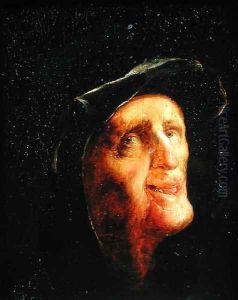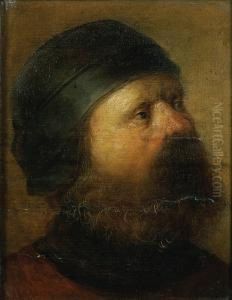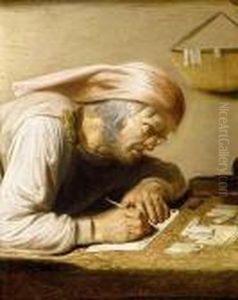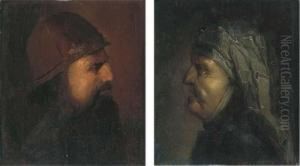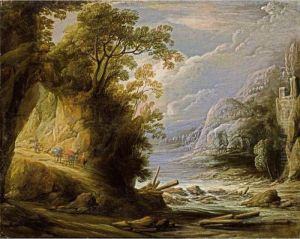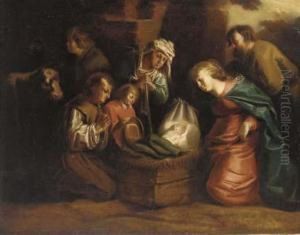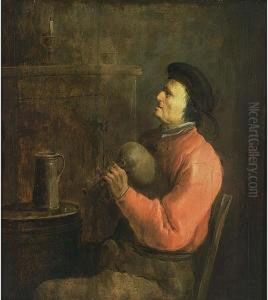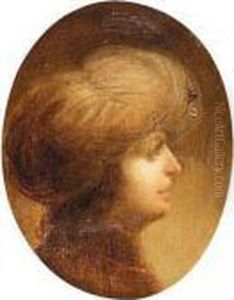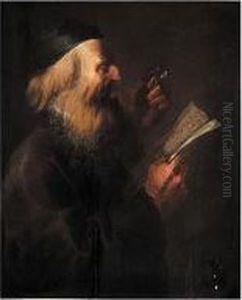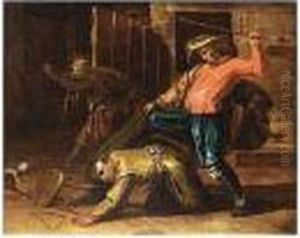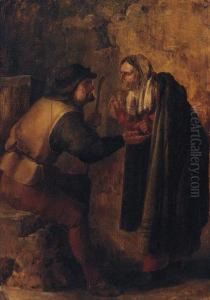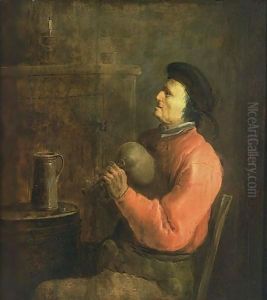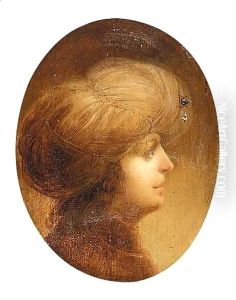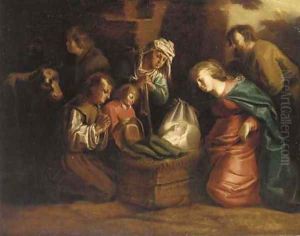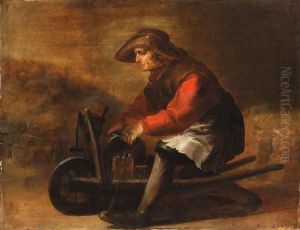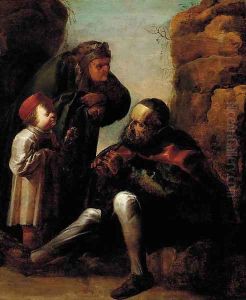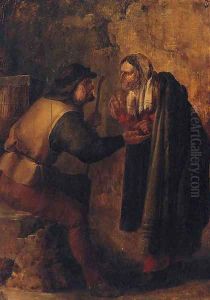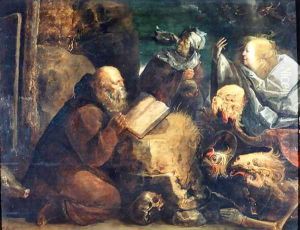Jan van de Venne Paintings
Jan van de Venne, also known as Johannes van de Venne or Jan van de Venne the Younger, was a Flemish Baroque painter and draughtsman known for his contributions to genre painting and portraiture. He was born around the year 1600, though the exact date and place of his birth are not well-documented. His work reflects a blend of Flemish realism with influences from Dutch Golden Age painting.
Jan van de Venne was likely born in Mechelen, in the Southern Netherlands (present-day Belgium). He was the younger brother of the painter Adriaen van de Venne, who was known for his allegorical scenes and also worked in the Dutch Republic. Jan van de Venne's early life and training are somewhat obscure, but it is believed that he was influenced by his brother's artistic style and may have been his pupil at some point.
His career seems to have been divided between the Southern Netherlands and the Dutch Republic, due to both personal and socio-economic reasons, including the Eighty Years' War which caused significant upheaval in the region. Jan van de Venne's work often depicted everyday life, including peasants and townsfolk, with a keen eye for detail and a touch of humor. He also painted religious subjects and historical scenes.
In addition to genre scenes, van de Venne was known for his portraits. His portraiture demonstrates a sophisticated understanding of character and an ability to capture the social stature and personality of his subjects. His style in portraiture was marked by a certain elegance and a focus on the sitters' attire and attributes, which were often rendered with great detail.
Despite his skill and the quality of his work, Jan van de Venne did not achieve the same level of fame as some of his contemporaries. This may have been due to the overshadowing influence of his brother, or simply the competitive nature of the art market in the 17th century.
Jan van de Venne's death is recorded in 1651, and while the location of his death is not definitively known, it is presumed that he died in the Southern Netherlands. His works are held in various collections and museums, offering valuable insights into the social and cultural life of the 17th century in the Low Countries. Unfortunately, due to the scarcity of historical records, much about Jan van de Venne's life and career remains a mystery, leaving art historians to piece together his biography from the works he left behind and the few contemporary accounts that mention him.
